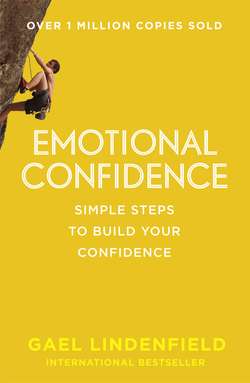Читать книгу Emotional Confidence: Simple Steps to Build Your Confidence - Gael Lindenfield, Gael Lindenfield - Страница 43
WHAT HAPPENS IF WE DO NOT PHYSICALLY RELEASE AN EMOTION?
ОглавлениеEmotions are designed mainly to help our bodies prepare for appropriate short-term action. If that action (i.e. the expression of the feeling) is suppressed, the brain will tend to go on producing the hormones which generate the action appropriate to that particular feeling. The result is that the body may be kept in a physiologically aroused state for too long a time. For example, if we don’t let go of our feelings of fear after a fright, our heart will continue its fast beating, our facial muscles will remain in a screwed up position, our shoulders will stay arched and our spine remain tightened long after the trigger which produced our fright has disappeared. All this unnecessary activity causes a terrible strain on our physiological system. There is now a substantial body of research evidence which indicates that this ‘stress’ does untold damage (often irreversible) in the long term and that it also affects our immune system’s ability to fight off viruses and other infections.
The good news is that we also now know that by altering the way we think about what is happening or has happened we can sometimes switch off the brain’s emotional response. In my experience this only seems to work if we do it in the early stages of an emotional response. Once a response has become ‘set-in’ for a long period the brain does seem to require some appropriate physical expression of the feeling before it stops its activity. We will be looking at this in more detail later on, and I will be giving you some tips on how you can both alter your thinking and give safe physical expression to your feelings.
